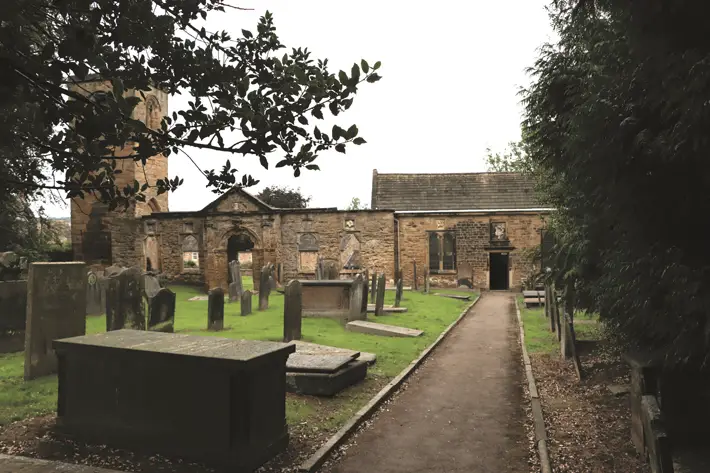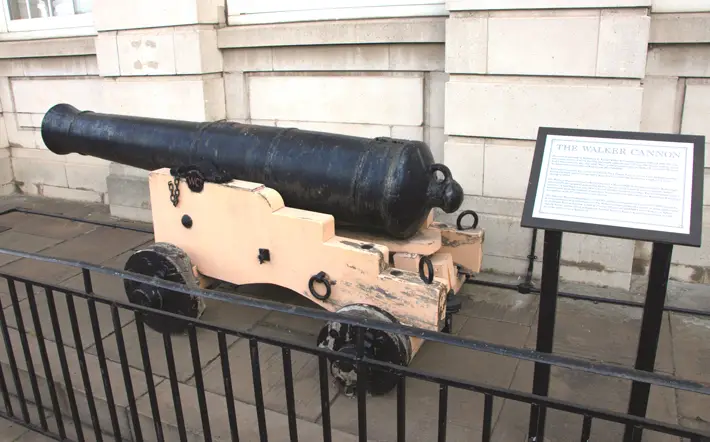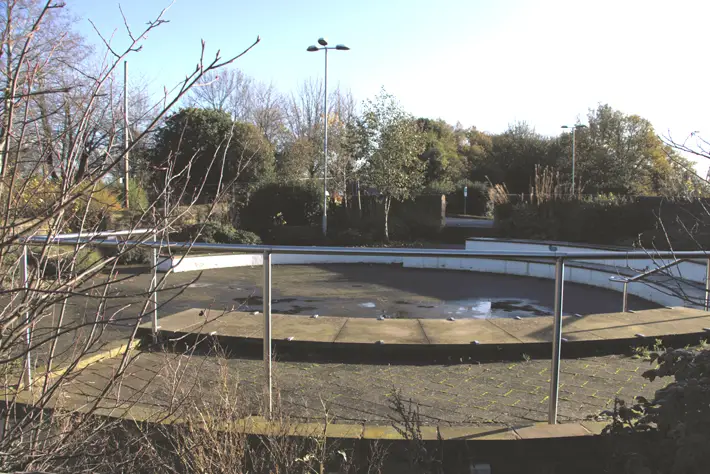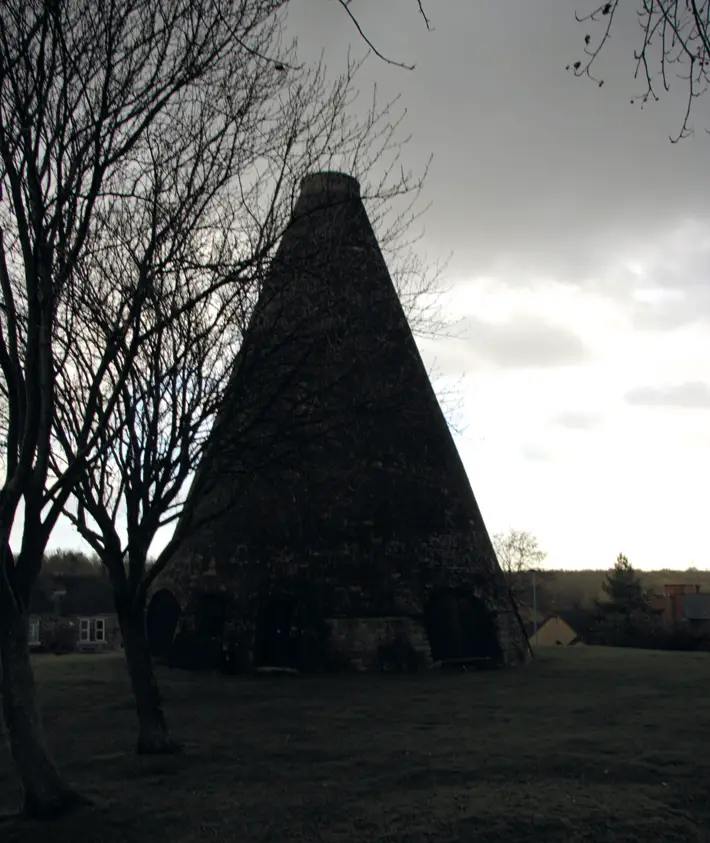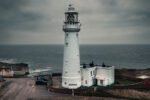The Historic Buildings of Rotherham
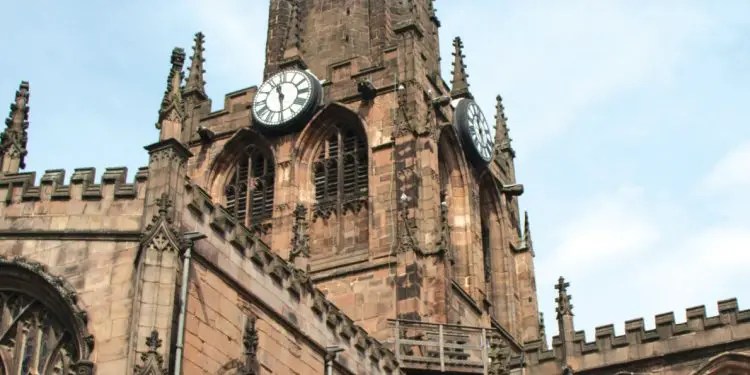
By James Barker
The 110 square miles of Rotherham cover an area ranging from its northern borders at Wath upon Dearne, across to its eastern edges at the village of Brinsworth, to its western borders at the village of Letwell, all the way to the village of Harthill at its most southern point.
Throughout its long history Rotherham has always been a good example of how historical events can mould and shape a community. From its early days as a fortification for the invading Roman forces, to becoming a focal point for the ever-growing mining industry throughout the early twentieth century, Rotherham has always maintained a sense of community and purpose.
Here are some of the area’s most significant buildings that have played their own part in that history.
The impressive front of Wentworth Woodhouse is over 130 feet long and the building is classed as Grade I listed.
The impressive Palladian Mansion architecture can be seen when close to the house.
Hoober Stand was built in 1748 to commemorate the end of the Jacobite Rebellion in 1745.
The plaque over the doorway to Hoober Stand gives the background of its construction and purpose for its creation.
Holy Trinity Church at Wentworth was also built by the family of the same name. The family’s influence in the area cannot be overstated.
The Old Holy Trinity Church at Wentworth, next to the new church, dates back to the fourteenth century.
The current Town Hall is in its fourth iteration, most recently moving here during the 1990s. This building was originally the town’s courthouse.
The famous Walker Cannon located outside the Town Hall that was made in the eighteenth century by Samuel Walker & Company. This company was based in Rotherham and had a good reputation for its manufacturing capabilities.
The front of Boston Castle overlooking Rotherham town was a hunting lodge frequented by the Earl of Effingham in 1775.
The original stonework of Boston Castle is present even though some areas have been recently repaired. The site is more extensive than it appears from the town.
Clifton Park is home to many impressive structures, including this bandstand which has been used by the town since 1928.
Roman remains from the excavation at Templeborough can be seen in the grounds of Clifton Park Museum.
 Silhouette of the Catcliffe Glass Kiln, known locally as the Catcliffe Cone. Glass working was an important industry in Rotherham. The structure was built in 1740 and is a Grade I listed building.
Silhouette of the Catcliffe Glass Kiln, known locally as the Catcliffe Cone. Glass working was an important industry in Rotherham. The structure was built in 1740 and is a Grade I listed building.
Article taken from ‘Rotherham: A Potted History’ by James Barker
£15.99 paperback from Amberley Publishing





